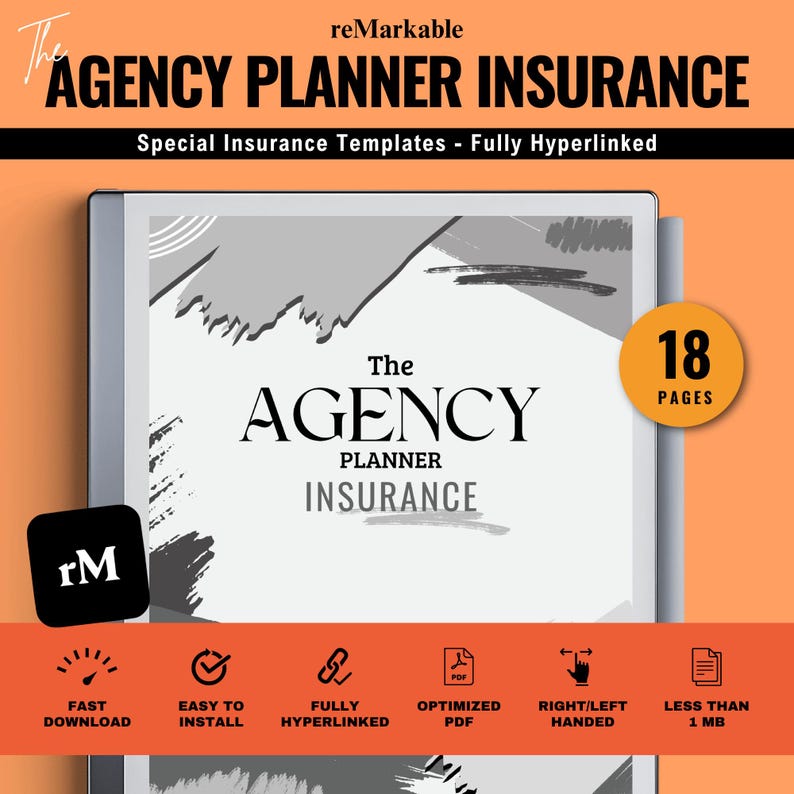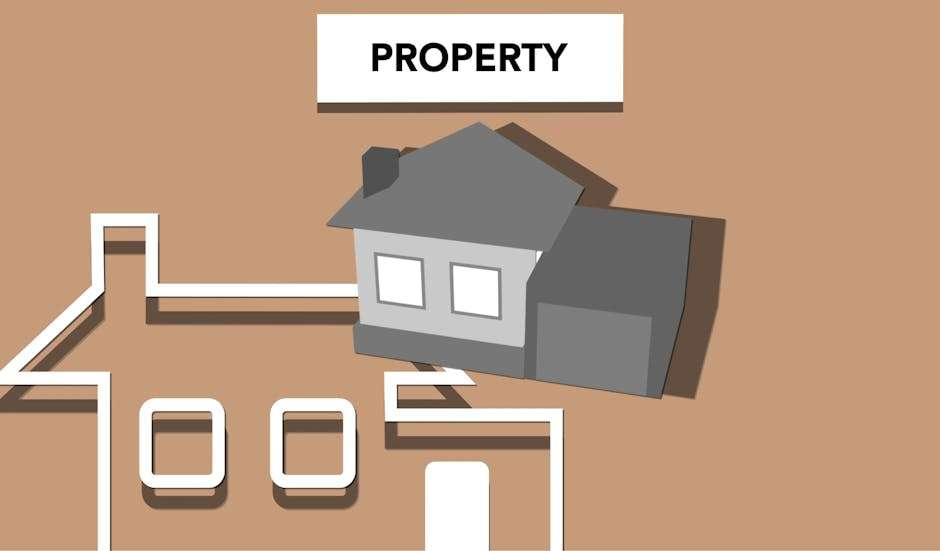When it comes to protecting your vacant property, having the right insurance coverage is crucial. However, securing a policy is only the first step—ensuring that your policy remains up-to-date and adequately covers your needs requires regular attention. Vacant properties come with unique risks and evolving circumstances that can affect your insurance requirements over time. In this article, we’ll explore how often you should review your vacant property insurance policy to maintain effective protection and avoid costly surprises. Whether you own a single vacant home or manage multiple properties, understanding the importance of policy reviews can help you stay one step ahead.
Table of Contents
- Importance of Regular Vacant Property Insurance Reviews for Risk Management
- Key Factors That Influence the Frequency of Policy Evaluations
- How Life Changes and Market Conditions Affect Your Insurance Needs
- Best Practices for Scheduling and Conducting Comprehensive Policy Reviews
- In Summary
Importance of Regular Vacant Property Insurance Reviews for Risk Management
Conducting periodic evaluations of your vacant property insurance is essential to safeguard against unforeseen risks and ensure that your coverage remains both adequate and cost-effective. Over time, changes in property value, local market conditions, and even neighborhood crime rates can significantly influence the level of protection you need. Without regular reviews, you might find yourself underinsured during critical moments or paying premiums that no longer reflect the actual risk your property presents. Staying proactive with insurance assessments allows for adjustments that align with your current situation, minimizing financial exposure and maximizing policy benefits.
During these reviews, it’s important to focus on several key factors, including:
- Property Condition: Any renovations, deterioration, or changes in usage should be reported to ensure accurate coverage.
- Risk Environment: Shifts in local incidents such as vandalism, natural disasters, or vacancies in nearby properties can impact risk levels.
- Policy Terms: Coverage limits, deductibles, and exclusions should be scrutinized to avoid gaps in protection.
- Market Rates: Insurance premium fluctuations may offer opportunities to renegotiate or switch policies for better value.
Regular, structured policy reviews act as a powerful risk management tool that maintains financial security and peace of mind for vacant property owners.
Key Factors That Influence the Frequency of Policy Evaluations
Several critical elements determine how frequently your vacant property insurance should undergo scrutiny. Changes in the property’s status — such as transitioning from short-term vacancy to long-term abandonment — can significantly alter risk profiles and coverage needs. Likewise, local regulatory amendments or shifts in market conditions may render existing policies outdated or insufficient. It is imperative to keep a vigilant eye on external factors, including the neighborhood’s crime rates, recent environmental incidents, or development projects nearby, as these can also prompt more frequent evaluations.
Internal triggers within your ownership structure play an essential role as well. Renovations, property upgrades, or even changes in property use influence the risk landscape, necessitating policy adjustments. Additionally, any claims filed, regardless of the outcome, should prompt a review to ensure policy robustness and compatibility with emerging vulnerabilities. To maintain optimal protection, regularly consider:
- Shifts in property occupancy or use
- Updates in local risk assessments and insurance regulations
- Frequency and type of claims or loss events
- Significant investments or structural alterations to the property
How Life Changes and Market Conditions Affect Your Insurance Needs
As your personal circumstances evolve, so too should your insurance coverage. Major life events such as relocation, renovations, or changing property use can significantly impact the risk profile of your vacant property. For example, converting a seasonal home into a rental or leaving it unoccupied for extended periods might expose you to new liabilities or void certain policy provisions. Aligning your insurance policy with these shifts ensures you remain adequately protected without paying for unnecessary coverage.
Meanwhile, fluctuating market conditions also play a crucial role in determining appropriate coverage levels. Rising property values, inflation in construction costs, or changes in local crime rates can drastically influence the replacement cost and risk factors associated with your property. It’s essential to regularly reassess the insurance landscape to capture any changes in premiums, coverage options, or exclusions. Consider these factors:
- Local real estate market trends that affect property valuation
- Economic indicators influencing repair and reconstruction expenses
- Updates in insurance legislation or underwriting standards
Best Practices for Scheduling and Conducting Comprehensive Policy Reviews
Establishing a systematic schedule for policy reviews is essential to avoid unforeseen coverage gaps and ensure your vacant property remains protected. Experts recommend setting calendar reminders to revisit your insurance terms at least annually, or whenever significant changes occur—such as renovations, shifts in property use, or local market fluctuations. During these reviews, critically assess whether your current coverage limits, deductibles, and policy endorsements still align with your evolving property needs.
To conduct a thorough evaluation, consider the following strategies:
- Compare competing policies: Investigate alternative providers and coverage options to ensure you’re getting optimal value without sacrificing protection.
- Document updates: Keep detailed records of your policy versions, changes made, and communications with your insurer for future reference.
- Engage professionals: Consult insurance brokers or risk management advisors to identify potential vulnerabilities and tailor coverage more precisely.
- Review claims history: Analyze past claims to detect patterns or risks that may require additional safeguards in your current policy.
In Summary
Staying on top of your vacant property insurance policy is not just a good practice—it’s essential to protecting your investment. Regularly reviewing your coverage ensures that your policy evolves with any changes to your property’s condition, market value, or risk factors. By making it a habit to assess your insurance at least annually, or after any major updates to your property, you can avoid costly gaps in coverage and unexpected expenses. In the end, a proactive approach to managing your vacant property insurance offers peace of mind and a solid safety net when you need it most. Don’t wait until it’s too late—make reviewing your policy a priority today.





